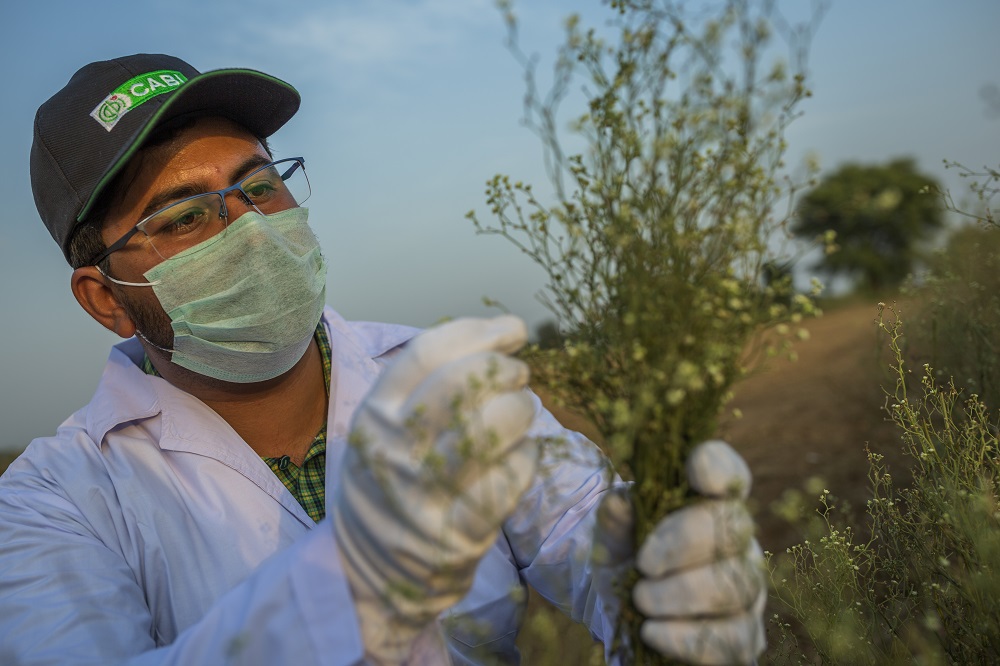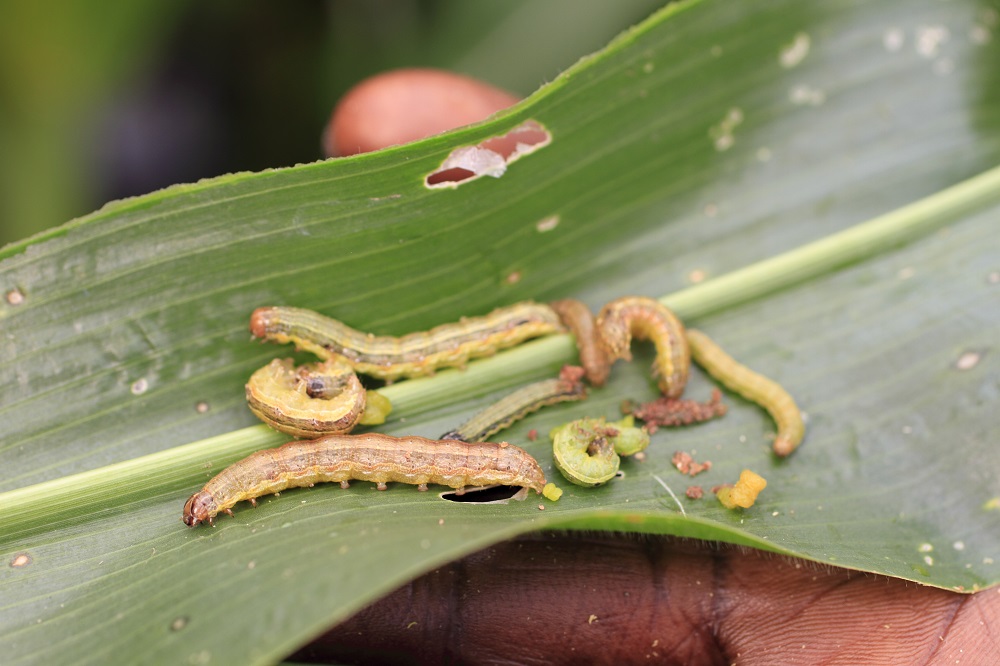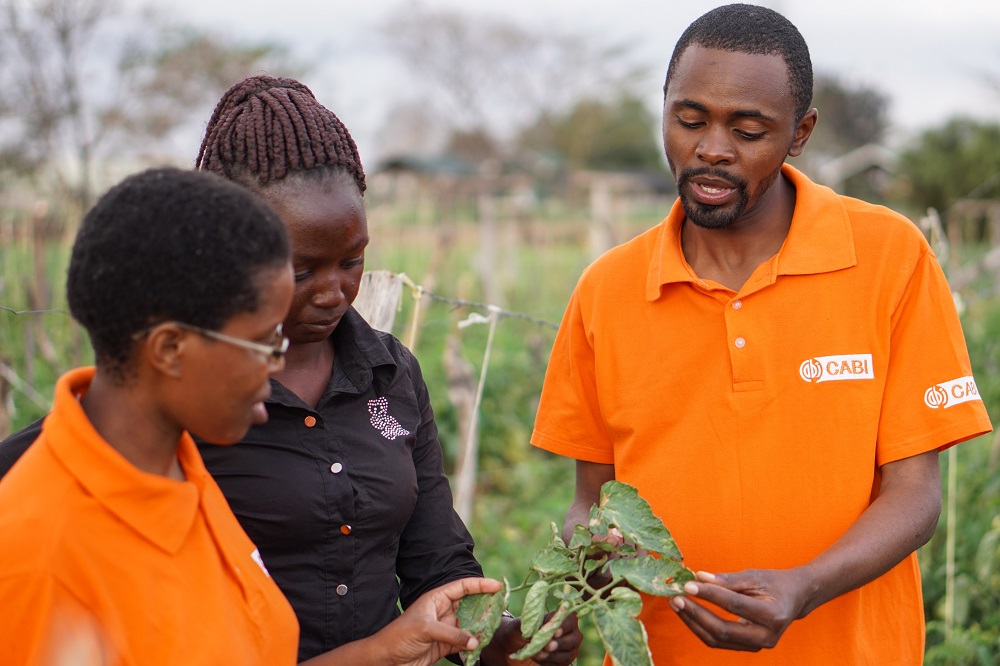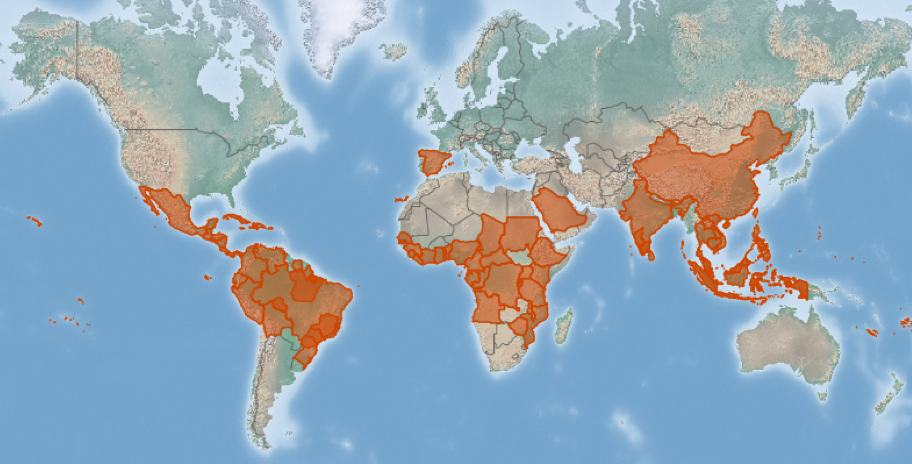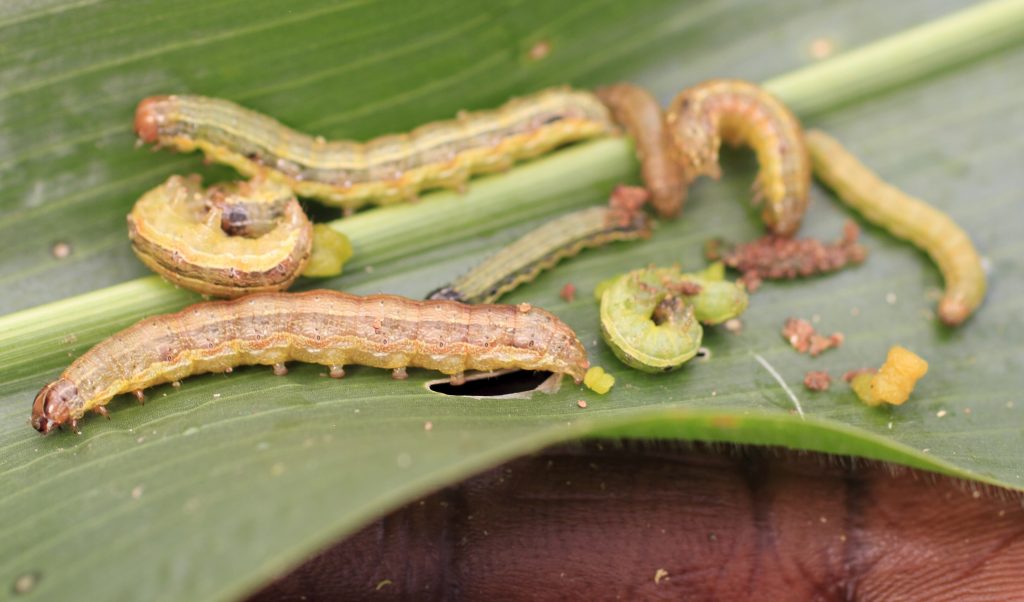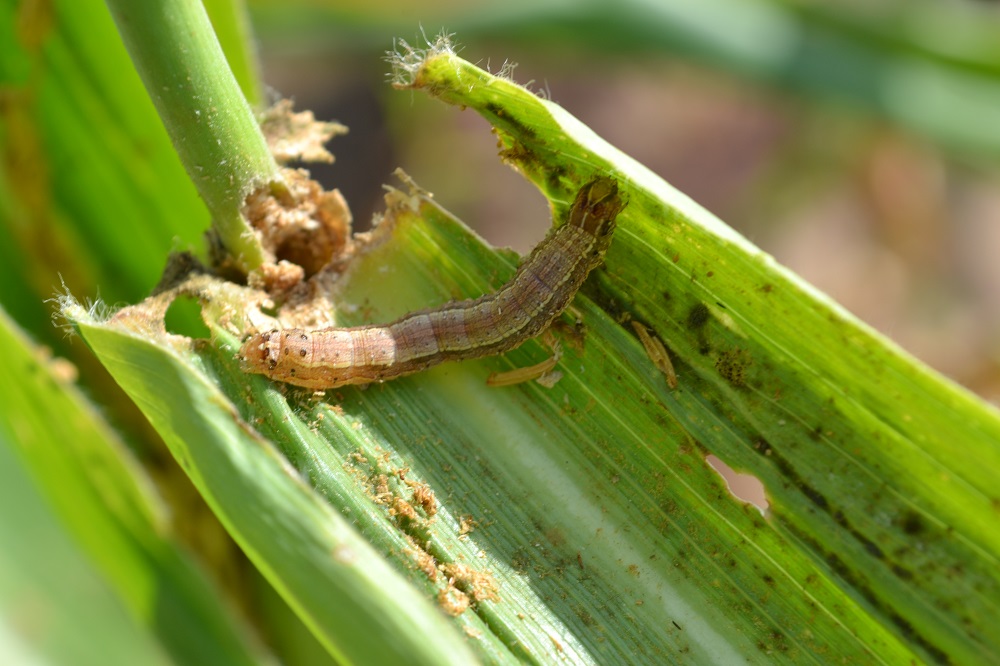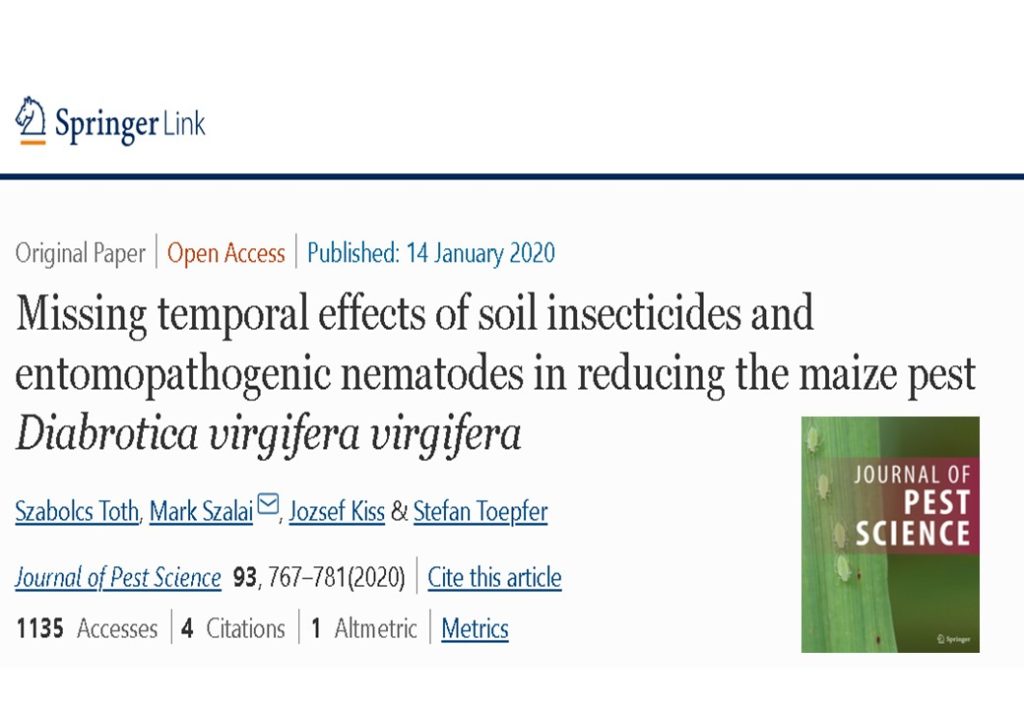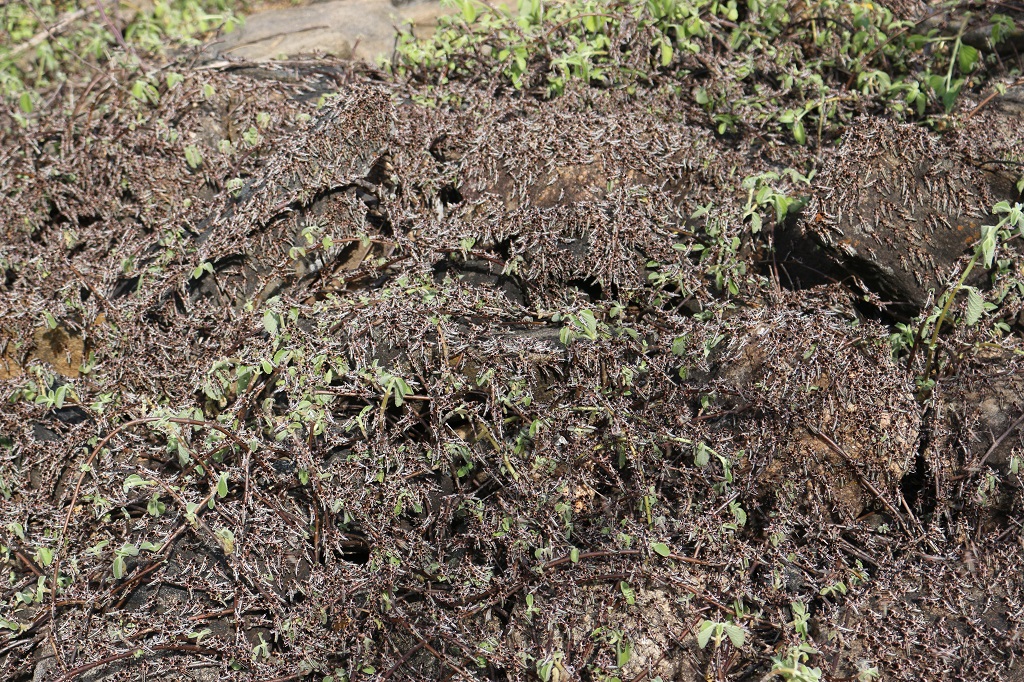Research on biological control of fall armyworm
The IOBC-Global International Working Group of Ostrinia and other maize pests (IWGO) fall armyworm sub-group is organising a virtual meeting on 16-17 March 2021. The rapid spread of fall armyworm, Spodoptera frugiperda, in Africa and Asia requires the development of new, sustainable, control methods, in particularly biological control. While many organisations worldwide are working on…
CABI research on desert locusts helps safeguard the food crops of millions
In 2019-2020, according to the Food and Agriculture Organization (FAO), around 20 million people in Ethiopia, Kenya, Somalia, South Sudan, Tanzania and Uganda faced acute food insecurity due to swarms of desert locust (Schistocerca gregaria). In Kenya, the outbreak represented the worst locust crisis in 70 years; by its peak, the country was tackling over…

